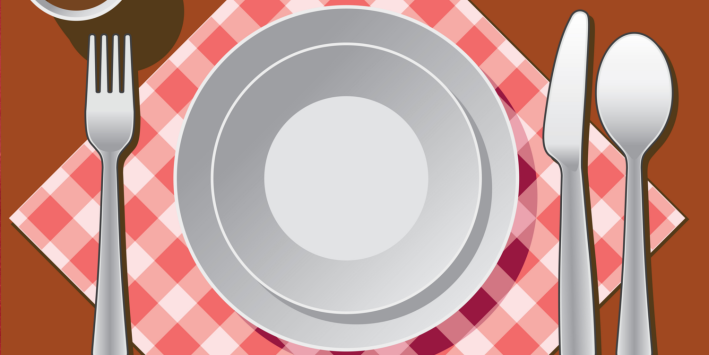Comparing food to everyday objects, such as a tennis ball or your hand, is one great way to put serving sizes into memorable terms.
For example, a 3-ounce portion of cooked meat is what health experts consider normal, and it’s about the size and thickness of a deck of cards.
Here are other approximated visual comparisons.
- A serving (cup) of cold cereal looks like: A clenched fist
- A serving of hot cereal, oatmeal, or cooked grain (½ cup) looks like: Half a tennis ball
- A piece of bread looks like: A computer disc
- A serving of fruit (medium-sized piece) looks like: A baseball
- A serving of dried fruit, such as raisins or dried cranberries (¼ cup) looks like: A large egg
- 3 ounces of meat or poultry looks like: A deck of cards
- 4 ounces of fish looks like: A checkbook
- 1 cup of cooked pasta, rice, or mashed potato looks like: A tennis ball
- 1 ounce of shelled nuts looks like: A small handful that fits into a closed fist
- ½ cup of ice cream looks like: A tennis ball sliced in half
- 1.5 ounces of hard cheese (such as Cheddar or Swiss) looks like: 2 playing dice, stacked
- 1 tablespoon of butter looks like: The tip of your thumb
- 2 tablespoons of peanut butter looks like: Your thumb-tip plus first joint
- ½ cup of cooked vegetables looks like: Who cares…eat all you like
- 1 cup of raw vegetables looks like: Same for raw veggies…the more the merrier!


